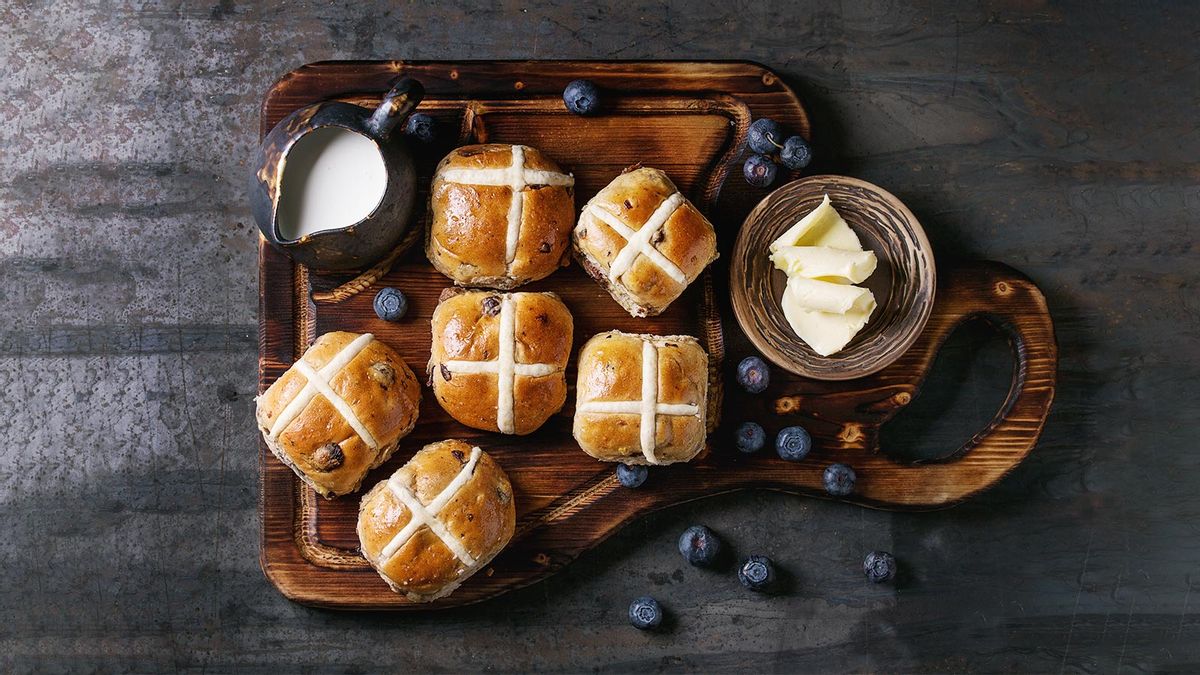"One a penny, two a penny, Hot Cross Buns, if you have no daughters give them to your sons. One a penny, two a penny, Hot Cross Buns." Many of us have heard this rhyme and wondered what the fuss about the hot cross bun was all about. We’re sure by the time you’re through this piece, you’ll reach out for one!
Sugar, spice and all things nice
For those who came in late, a hot cross bun is a sweet spiced bun made with raisins or currants with a white cross blazed in a sugary glaze on the surface. What makes it special is that they are made at the end of the fasting period of Lent—with the very dairy products that are forbidden during this period (as was the custom in the British Isles). The cross marking on the bun symbolises the crucifixion of Jesus while the spices represent those that Jesus was enveloped in the tomb.
While there is some folklore that suggests that the bun originated sometime in the 14th century in St Albans where Brother Thomas Rocliffe, developed the recipe to feed the poor, food historians lament that like other ubiquitous and common items of food history, there's a lot of information that has been lost in the mists of time, for want of records.
There is mention of the hot cross buns in the Poor Robin's Almanack of 1733, but that's all. What most agree on is that the baking of a spicy bun around springtime precedes Christianity and was said to be common with the ancient Egyptians and Greeks.
Legend has it
There are quite a few popular beliefs attached to the hot cross buns, the most popular being that the hot cross buns baked on Good Friday last until the next Good Friday, and protect one’s house from misfortune. Sailors carried these buns on voyages and they were said to have medicinal properties.
A many splendoured bun
What we do know to be true for sure is that the bun is a resounding hit—from England to the countries of the Commonwealth and America. Food historian Elizabeth David points out in her blog, that the buns were not viewed lightly by English Protestant monarchs like Elizabeth I of England who banned the item as an unhealthy reminder of Catholic ways.
These days, though, hot cross buns are available through the year and include a host of delicious options ranging from spiced baked buns (dating back to the Tudor period) to chocolate, toffee, apple, cranberry, coffee and every other combination that you could possibly think of featuring flour, eggs, yeast, currants and cinnamon. Baked hot and dripping with butter, possibly stuffed with as much as fruit as flour, this is a story of richness that the old Father credited with having invented it may not have had in mind. But history is diverse, and so are recipes.




